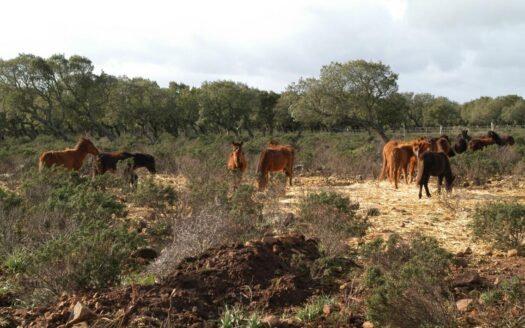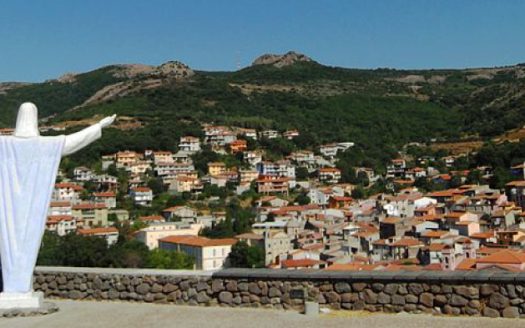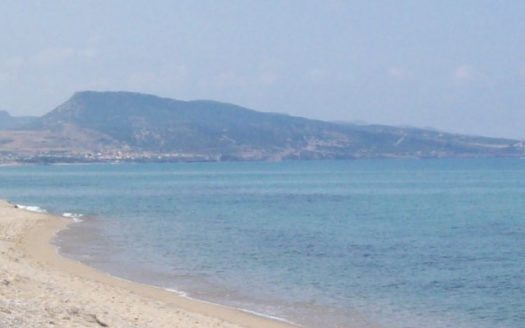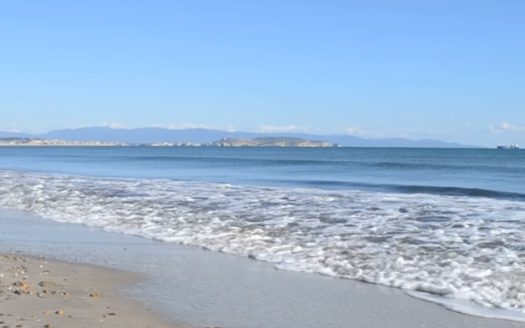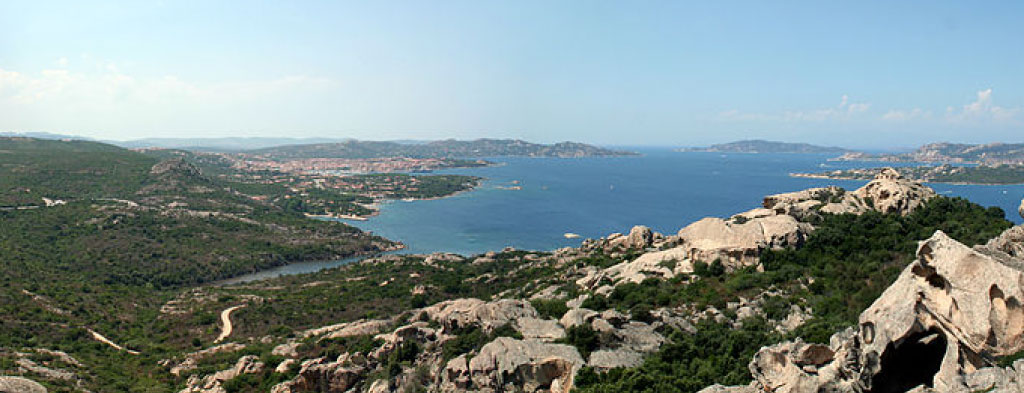
Palau transparent and crystalline waters, colors and scents of the lush Mediterranean vegetation
Palau is located in one of the most scenic parts of the north-eastern coast of Sardinia.
Despite the tourist development that chagend it into the today’s charming and hospitable small town, Palau still keeps its charm thanks to the transparent and crystalline waters, the colors and the scents of the luxuriant Mediterranean scrub, the beauty of 24 kilometers coast, from the Gulf of Salinas to the mouth of the river Liscia, with twenty fine sand beaches, and enchanting stretches of granite coast shaped by time and wind.
The Roccia dell’Orso (Rock of the Bear), a National Monument since 1993, is one of the most famous works of nature on this coast.
Located about 120 meters above sea level, it offers an extraordinary view of Palau and the nearby La Maddalena archipelago.
The climate of this area is Mediterranean, with mild winters and very hot summers (max 34 – 38 °).
The rainfall is more intense in the inner part and concentrated from October to March.
Palau’s economy was anciently based on agriculture and pastoralism. The sheperds of the Liscia valley used to transhume in winter to the warmer coastal areas, and to return inside in summer, both to protect themselves from malaria that infested the coasts, and to exploit the fertile soil with the cultivation around the “stazzo” ( the traditional dwelling) of cereals, vegetables, fruit trees and grapevines.
Thanks to the agricultural products and the breeding, and to their trade, with the passing of time the communities of Liscesi became permanent and self-sufficient.
With the 19th century the economic development of Palau was linked to the defensive activities of La Maddalena.
The passing of the war needs and the linked economic crisis caused a strong depopulation in the village.
The end of the 50s marked the beginning of the economic recovery thanks to the building of the first tourist villages.
Entrepreneurs like Aga Khan (Costa Smeralda), or the Spanish Count Rafael de Neville (Porto Rafael), enchanted by the beauties of Palau, were the first to sense the tourist potential of this territory.
Lost the characteristics of a small hamlet, Palau has now become a modern small town that has not only a marina, but also a port of call for connections to the continent.
Food & Wine
The Gallura cuisine resists stubbornly in spite of external influences, therefore, if you organize a holiday in Palau, you can not leave out the food and wine, a tradition that reaches excellence, thanks to the quality of raw materials, typical cuisine and skills of local chefs.
Among the best known local products you can taste cheeses and ricotta (Pecorino Sardo, Fiore Sardo and Pecorino Romano D.O.P.);
Vermentino di Gallura DOCG, Moscato di Gallura and Nebbiolo wines from three historical social cellars (Piero Mancini, Capichera and Vigne Surrau), liqueurs such as Mirto, Limoncello and acquavite (Filu ‘e ferru or Abba ardente), and finally cakes as the papassini, the seadas, or the casgiatine.
Photo Credits by Heinz-Josef Lücking, click to link for original photo
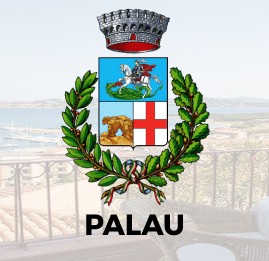
In this area you will be directed to the site of the Municipality of Palau to get all the information on this location.
Click to Access
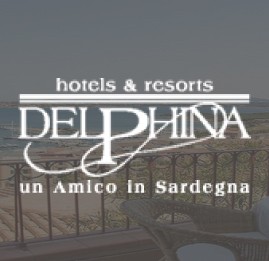
In this area you will be directed to the site of Delphina S.p.A. to get all the information on this location.
Click to Access



